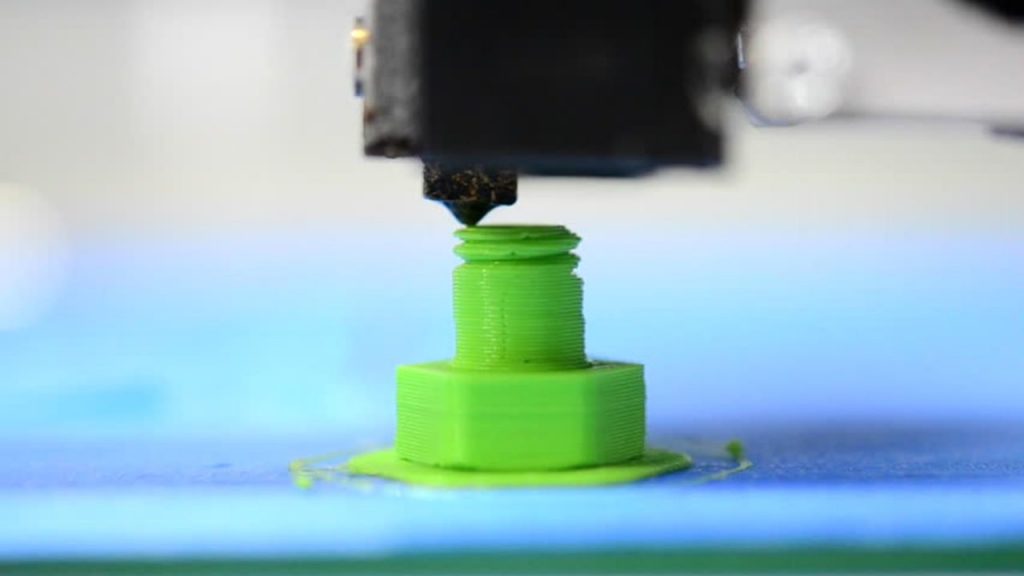University New South Wales (UNSW) researchers have invented a 3D-printable plastic that cures itself at ambient temperature. And all it requires is a little light.
The researchers discovered that mixing a specific powder into the liquid resin used in the printing process can help repair components that have been damaged.
Professor Cyrille Boyer and his UNSW School of Chemical Engineering colleagues, Dr Nathaniel Corrigan and Mr Michael Zhang, have demonstrated that adding “special powder” to the liquid resin used in the printing process can aid in creating rapid and inexpensive repairs later if the material breaks.
The repairs may be done at room temperature and only require LED lights to activate a chemical reaction that causes the fractured fragments to fuse together.
Currently, to achieve the same result, products must be disassembled and the broken components subjected to a series of heating cycles.
It also takes around 24 hours to finish vs. an hour with the new procedure.
A statement from the university read that the entire process actually makes the restored plastic stronger than it was before it was damaged, and it is believed that further development and commercialization of the approach will aid in the future reduction of chemical waste.
That’s because broken plastic pieces wouldn’t have to be thrown away or even recycled, and could be easily repaired even if they were embedded in a component with a variety of different materials.
The team’s findings have now been published in the Angewandte Chemie International Edition journal.
Experiments, including those performed on a 3D-printed violin, reveal that the self-repaired plastic’s strength is fully returned when compared to its unbroken state.
The team claims that commercialization of the technology is achievable due to the system’s simplicity and speed when compared to other methods of fixing broken 3D printed materials.
The new method, according to Professor Boyer, might be employed in a variety of areas where advanced 3D printed materials are now used in high-tech specialised components.
Wearable electronics, sensors, and even some shoe manufacture are among them.

